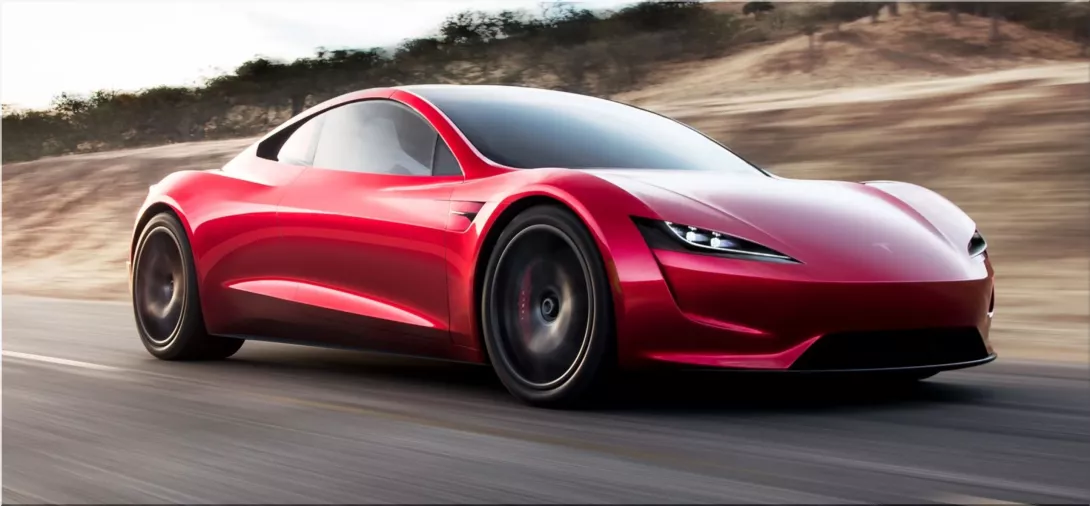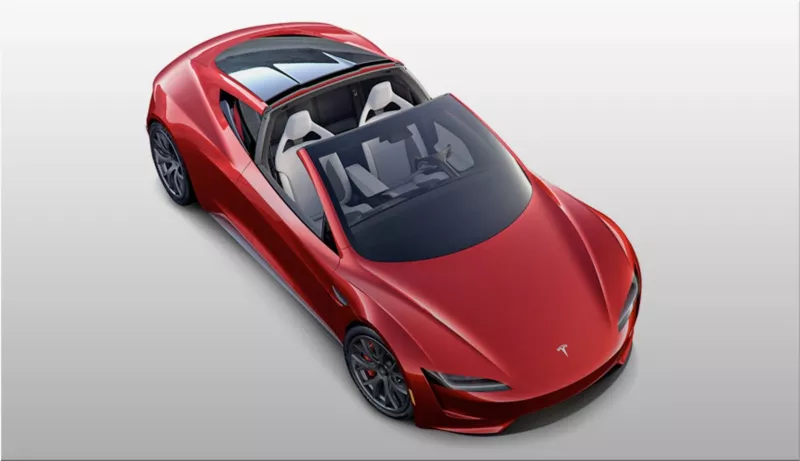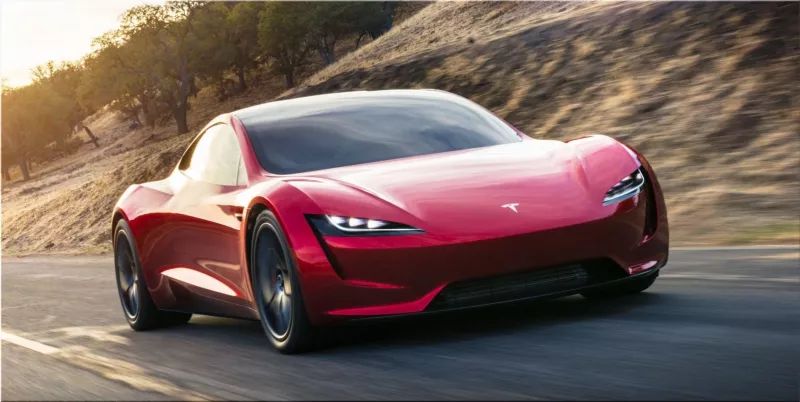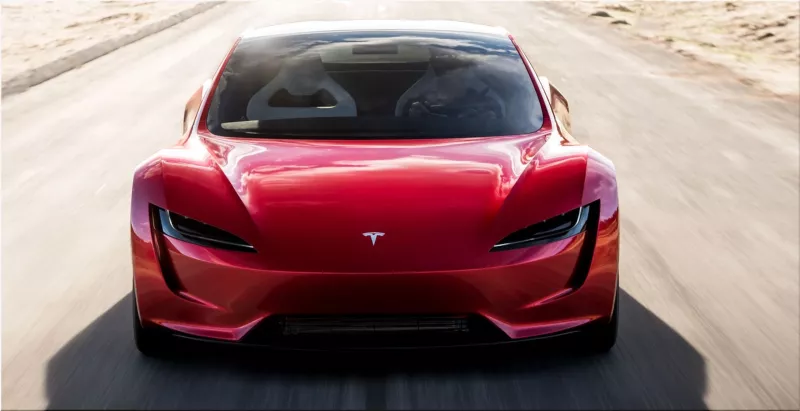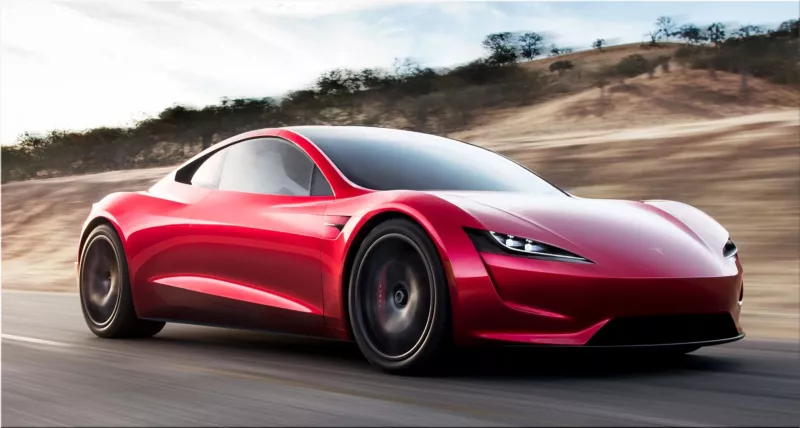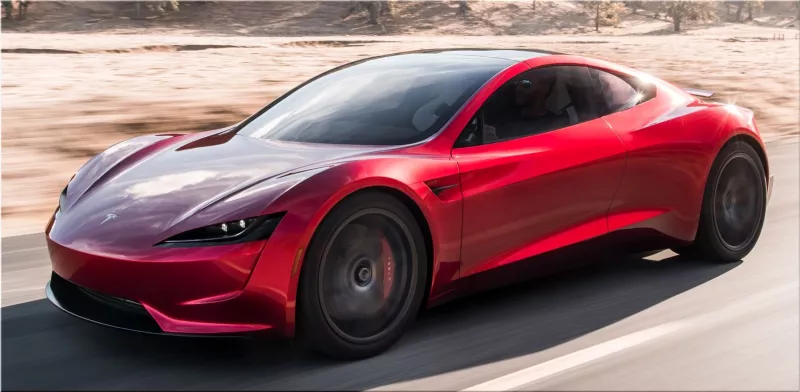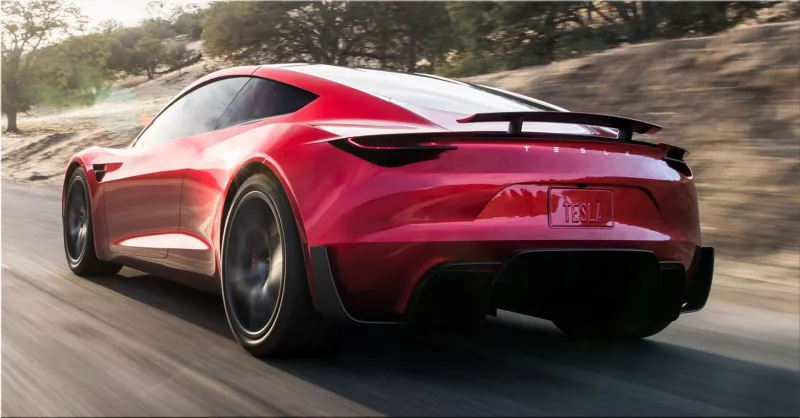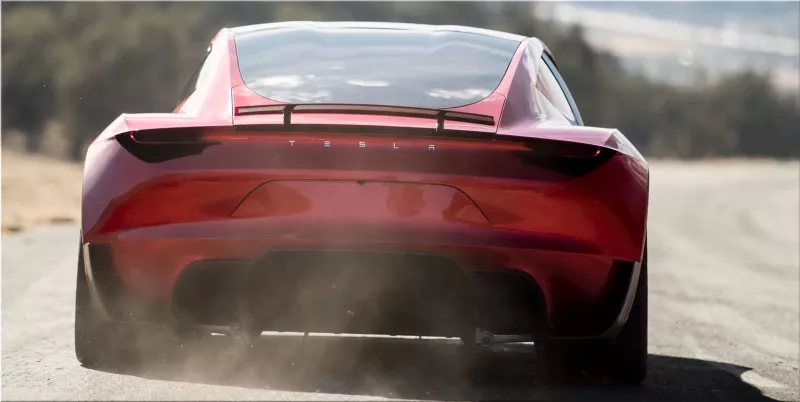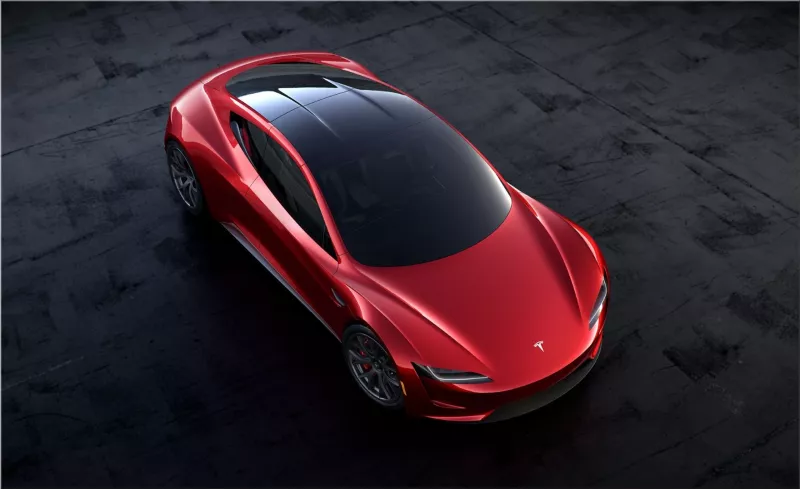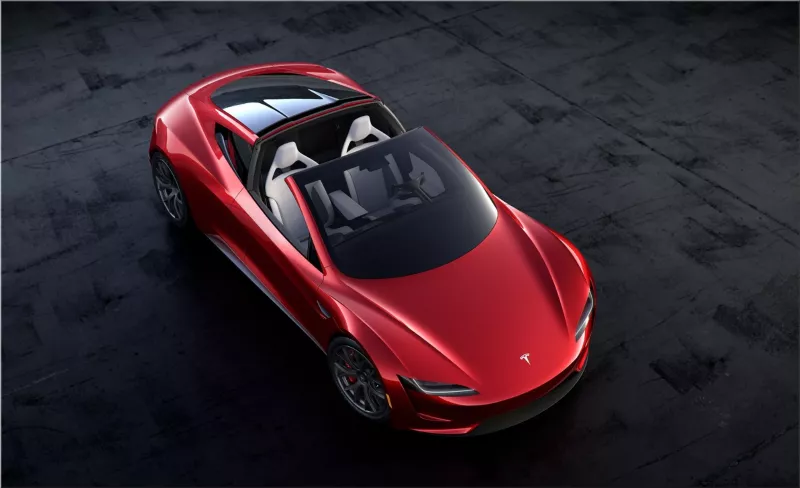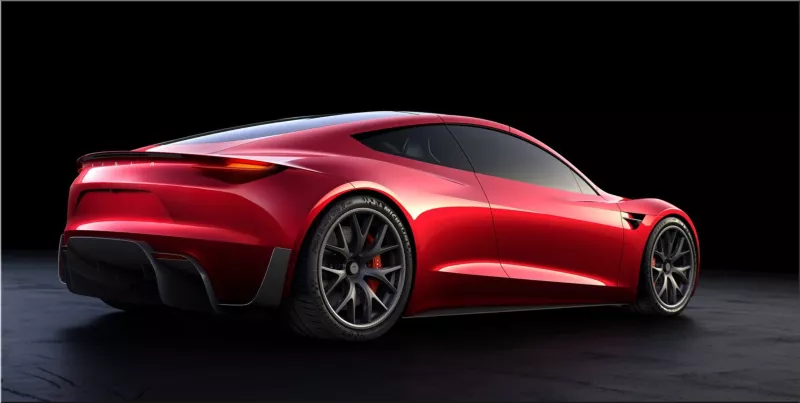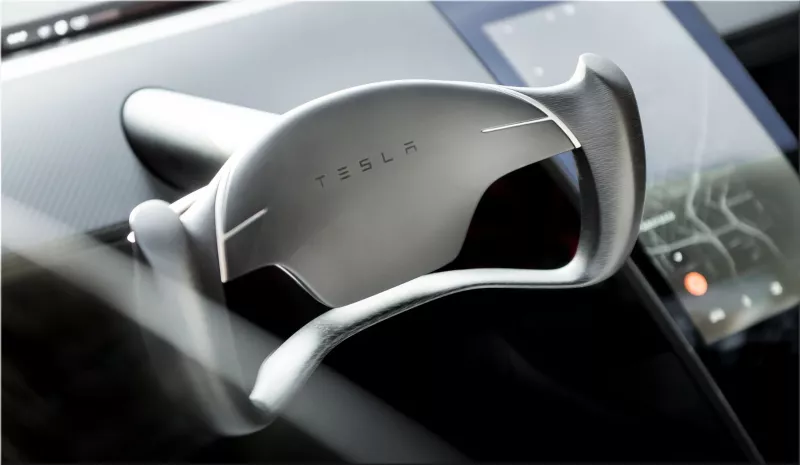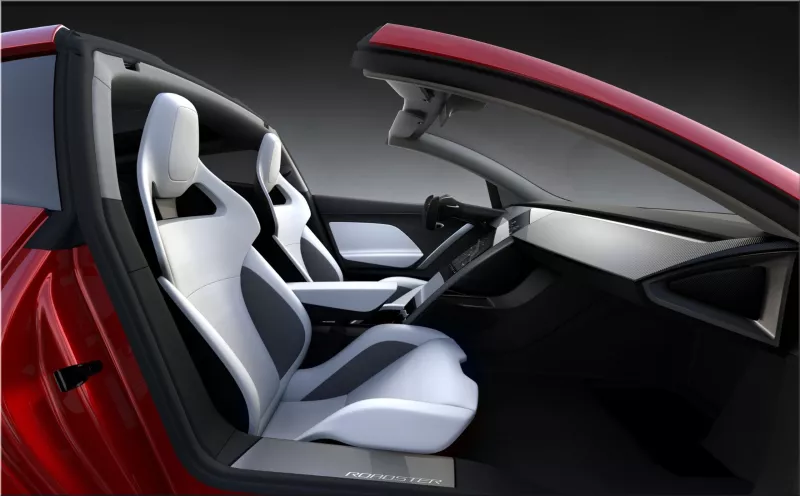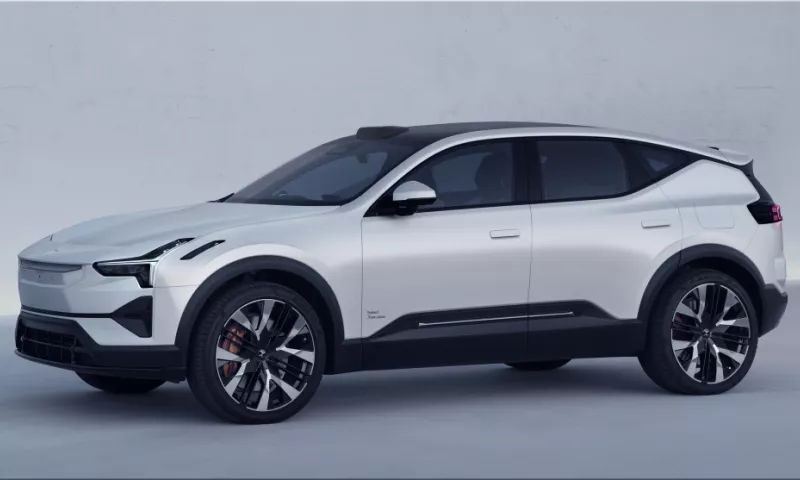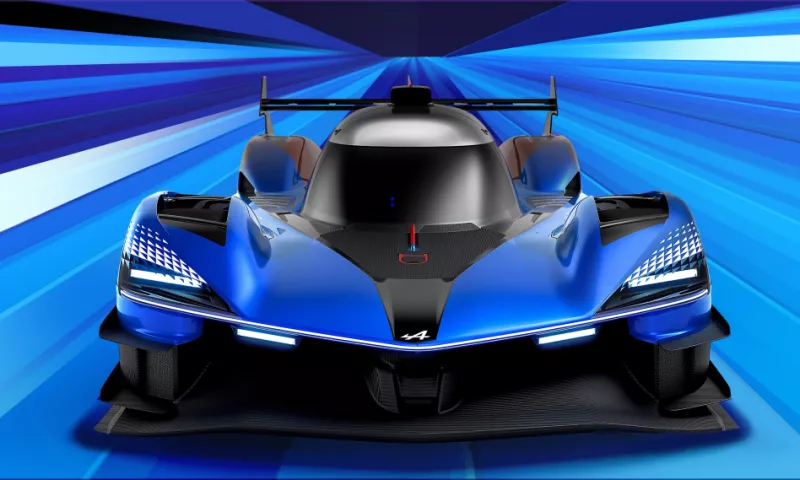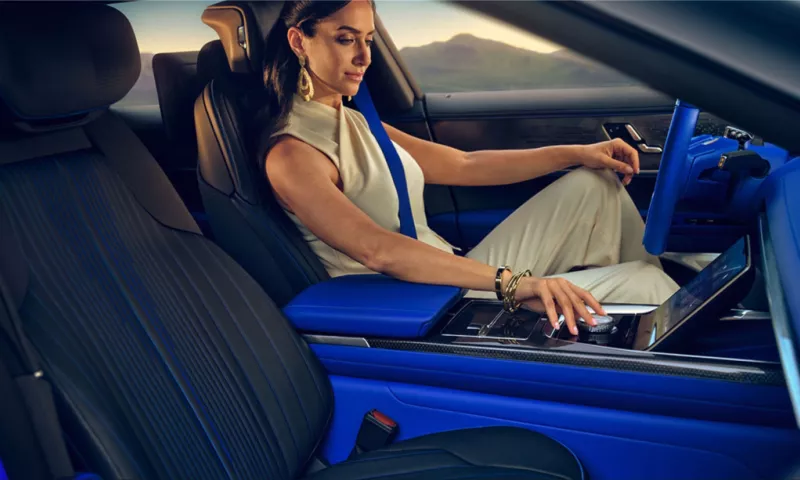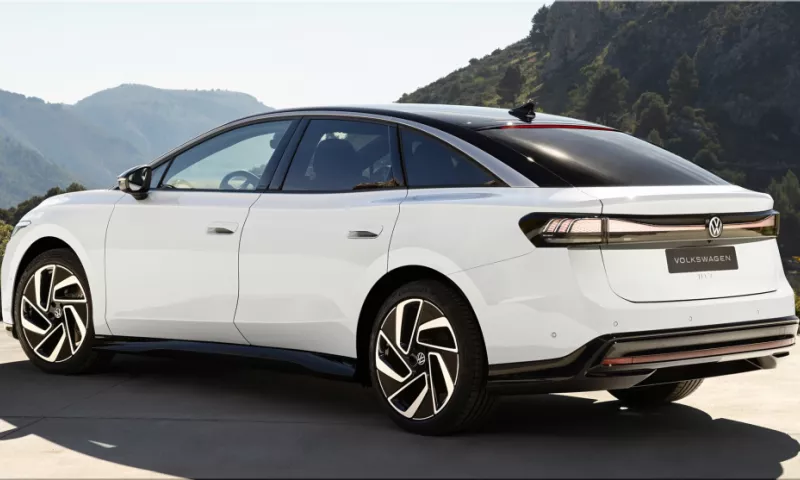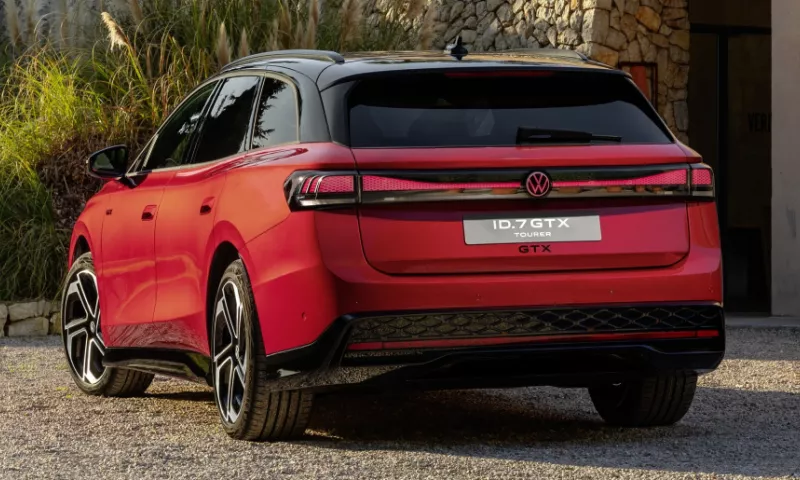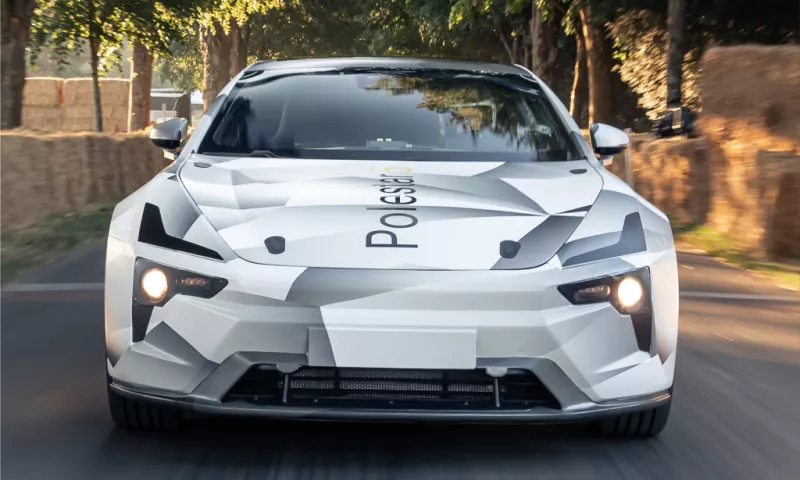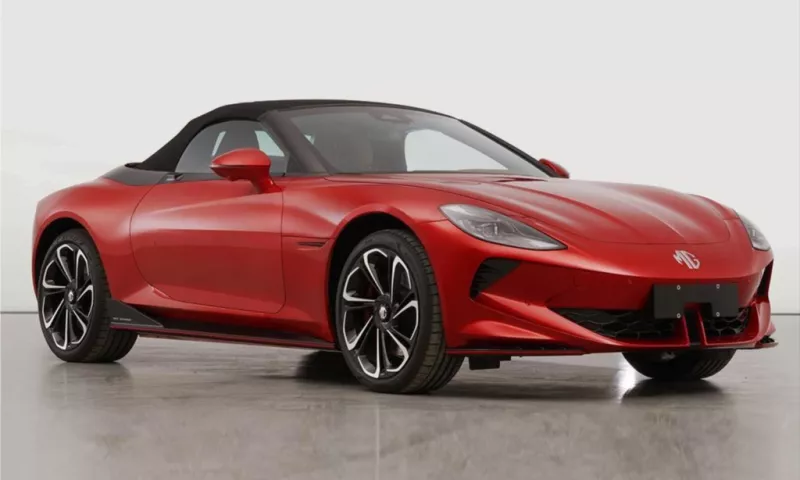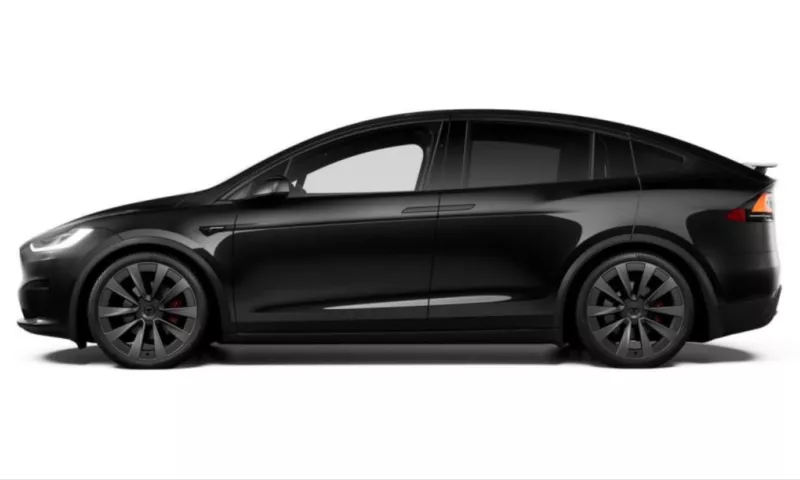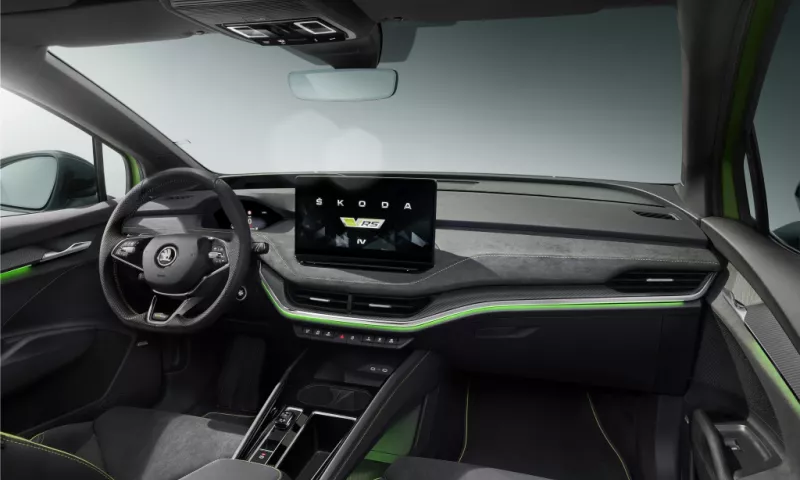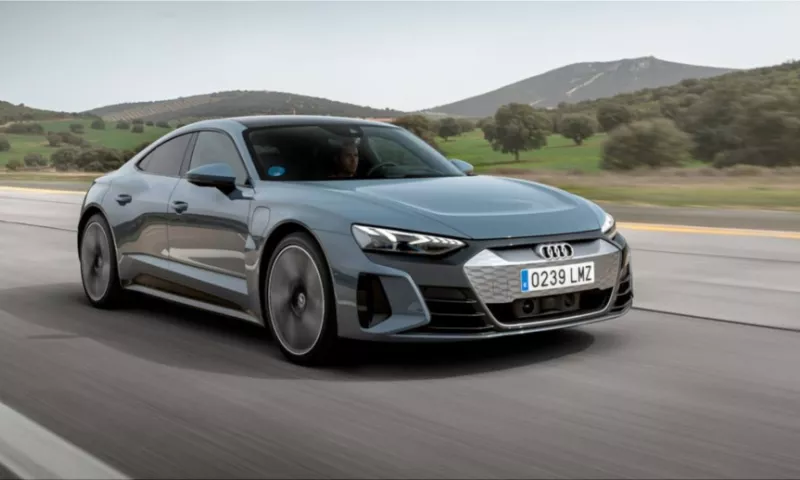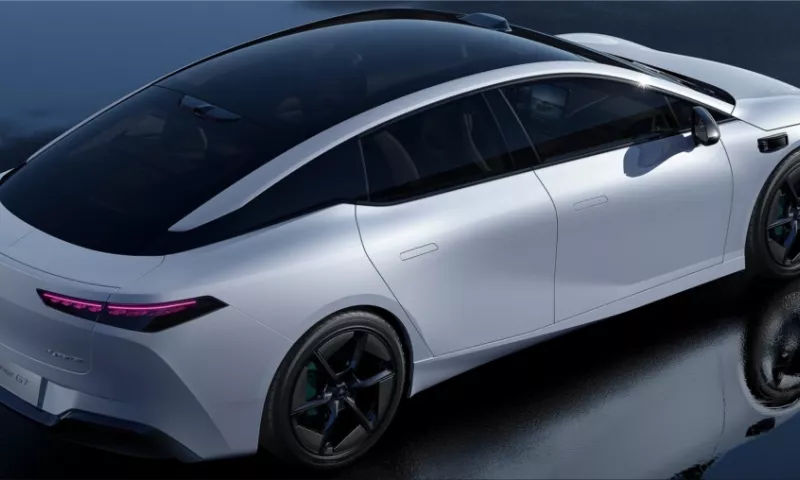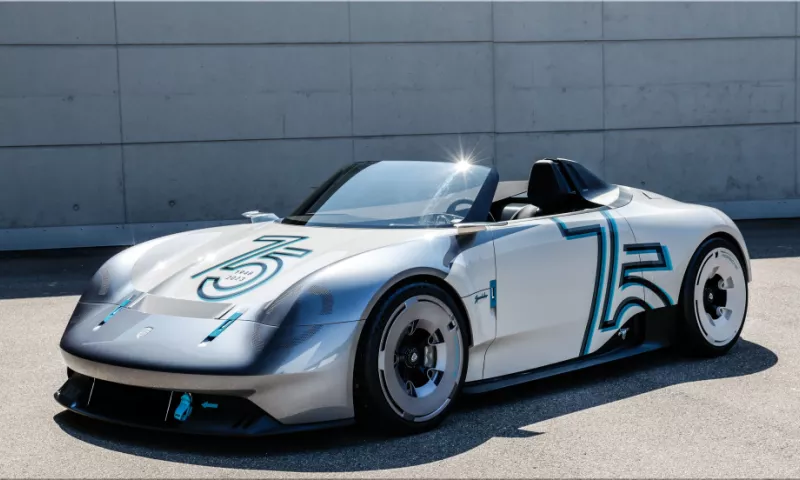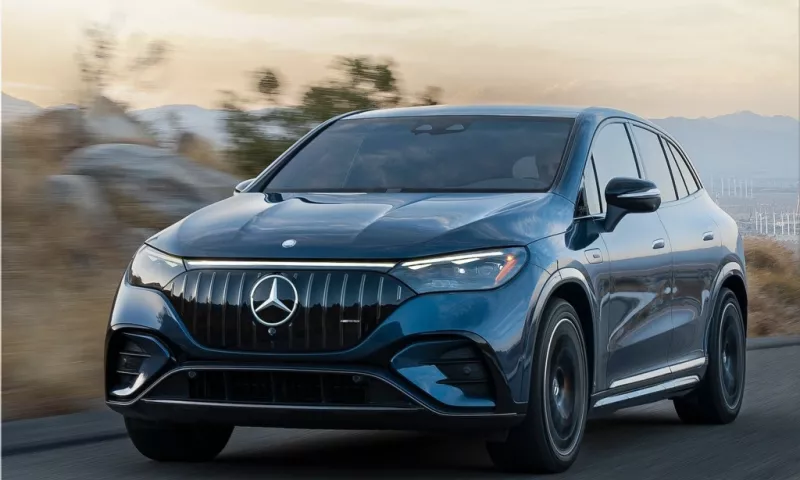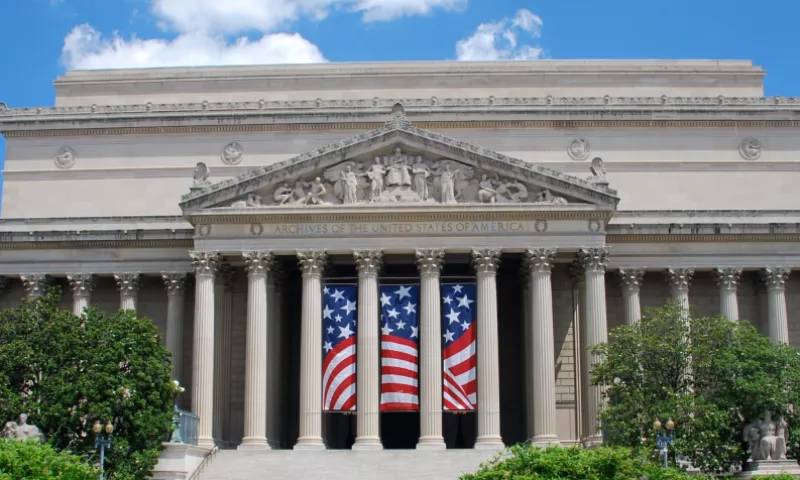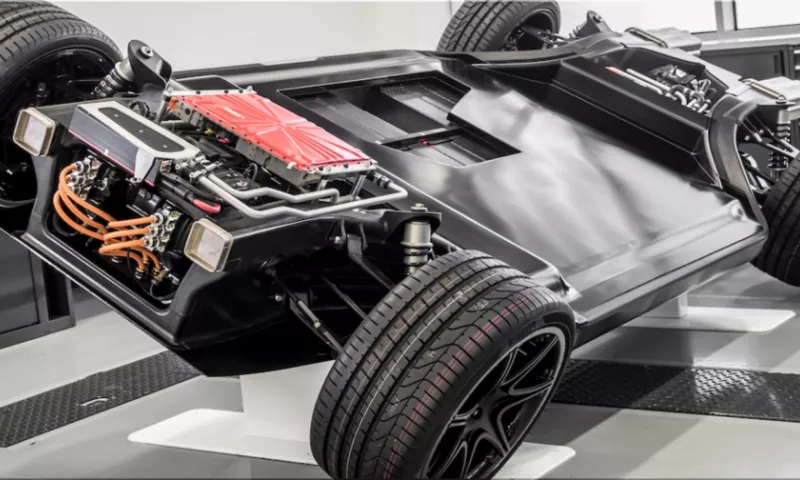Tesla is known for making some of the most innovative and advanced electric vehicles on the market, but the company has yet to release its most ambitious and anticipated model: the Tesla Roadster. The Tesla Roadster is supposed to be a second-generation version of Tesla's first car, a sporty two-seater launched in 2008 and discontinued in 2012. The new Tesla Roadster, however, promises to be a completely different beast, with jaw-dropping performance and range that would rival any supercar on the planet.
What We Know So Far
Tesla first unveiled the Roadster concept in November 2017 during an event that was mainly focused on the Tesla Semi truck. The Roadster stole the show, however, when Tesla CEO Elon Musk announced some incredible numbers for the car, such as:
- A 0-60 mph time of 1.9 seconds
- A top speed of over 250 mph
- A quarter-mile time of 8.8 seconds
- A range of 620 miles on a single charge
- A price tag of $200,000 for the base model and $250,000 for the limited-edition Founders Series
Musk also claimed that the Roadster would have all-wheel drive, four seats, a removable glass roof, and a spacious trunk. He said that the car would be available in 2020 but later pushed back the date to 2021. However, since then, we have heard very little about the Roadster's development or production plans, leading us to believe that it has been delayed further.
In fact, in May 2021, Musk said that Tesla "expects" to complete the engineering and design of the Roadster in 2022 and "hopefully" commence its production in 2024. He also said that the Roadster is not a priority for Tesla right now, as the company is focusing on more mass-market models like the Tesla Model Y and the Tesla Cybertruck. He added that the Roadster is "a dessert" and that Tesla needs to "get the meat and potatoes and greens and stuff" first.
How Realistic Are The Specs?
The specs that Musk announced for the Roadster are certainly impressive, but are they realistic? Can Tesla really deliver a car that can outperform some of the most expensive and exclusive supercars in the world, such as the Bugatti Chiron or the Rimac Nevera? And can it do so while also offering a practical range and a relatively affordable price?
Some experts and analysts are skeptical about Tesla's claims, especially since the company has a history of overpromising and underdelivering on some of its products. For instance, Tesla has yet to release its Full Self-Driving Capability feature, which it has been selling as an option for years. It also faced several delays and quality issues with its Model 3 and Model Y launches.
However, some others are more optimistic about Tesla's ability to achieve its goals for the Roadster. They point out that Tesla has also made some remarkable breakthroughs in battery technology, software, and manufacturing that have enabled it to produce cars that are more efficient, powerful, and reliable than ever before. They also note that Tesla has a loyal fan base and a strong brand image that give it an edge over its competitors.
One of the key factors that will determine the Roadster's performance is its battery pack. Tesla has not revealed much about what kind of battery it will use for the car, but it has said that it will have a capacity of 200 kWh. That is twice as much as the largest battery pack currently available in any Tesla model and more than four times as much as the original Roadster's battery pack.
A larger battery pack means more energy storage and more power output, but it also means more weight and more cost. Tesla will have to find a way to balance these trade-offs and optimize its battery design for maximum performance and efficiency. It will also have to ensure that its battery pack is durable and safe, as high-performance driving can put a lot of stress on the cells and cause them to degrade or overheat.
Another factor that will affect the Roadster's performance is its aerodynamics. As Musk said during the unveiling event, "the point of doing this is to give a hardcore smackdown to gasoline cars". To do so, the Roadster will have to overcome air resistance at high speeds, which can significantly reduce its acceleration and range.
Tesla has not disclosed much about how it will design the Roadster's body shape and features to minimize drag and maximize downforce. However, based on the concept images and videos that Tesla has released so far, we can see that the car will have a sleek and low-profile silhouette with smooth curves and sharp edges. It will also have a large rear diffuser, a retractable rear spoiler, and an active air suspension system that can adjust the car's ride height and angle.

